- Data Basin |
- Maps |
- Boundary 1 - Tara
Boundary 1 - Tara
Feb 7, 2020
(Last modified Feb 14, 2020)
Created by
Tara Borders
- Description
- Daisy and I had place 1 on the map. When we went to check out our portion of the map, we came up with some different observations and ideas about the land and it’s plants. Some landmarks that our area includes are Lynda’s house, Charlotte’s house, the pigs, trash canyon, and part of the bowl. This is on the road that goes behind lower yard, and begins somewhere between pole barn and Lynda’s house. It follows that same road out towards Charlotte’s house.
Daisy and my section has many oak woodlands and oak savannas on the hills and throughout the space. We noticed that there are many big valley oaks on the lower part, near Charlotte’s house and the pig pen, while there were many more live oaks up near the top section of the bowl, and where trash canyon ends.
I noticed when we walked out to the end of trash canyon, there was more grass and small plants than there was in other parts of our walk. Once we got up the top of the first big hill of the bowl, we started to notice how there was much less grass, fewer lush plants and trees, and that overall, it seemed more bare, and more similar to how it looked in front of Lynda’s house, at the beginning of our walk. This was probably because these places were a part of different plant communities. The upper bowl section was probably a part of the California Sage Scrub community, since there were more small, dry shrubs, while trash canyon was a part of a different plant community with more trees and more grasses. This area also might be more lush because it is the lower part of a canyon, so it probably collects rainfall, so more plants can grow.
- Location

- Credits
- Tara
- Use Constraints
 This work is licensed under a Creative Commons Attribution 3.0 License.
This work is licensed under a Creative Commons Attribution 3.0 License.
This map is visible to everyone
Bookmarked by
1 Group
About the Map Author



